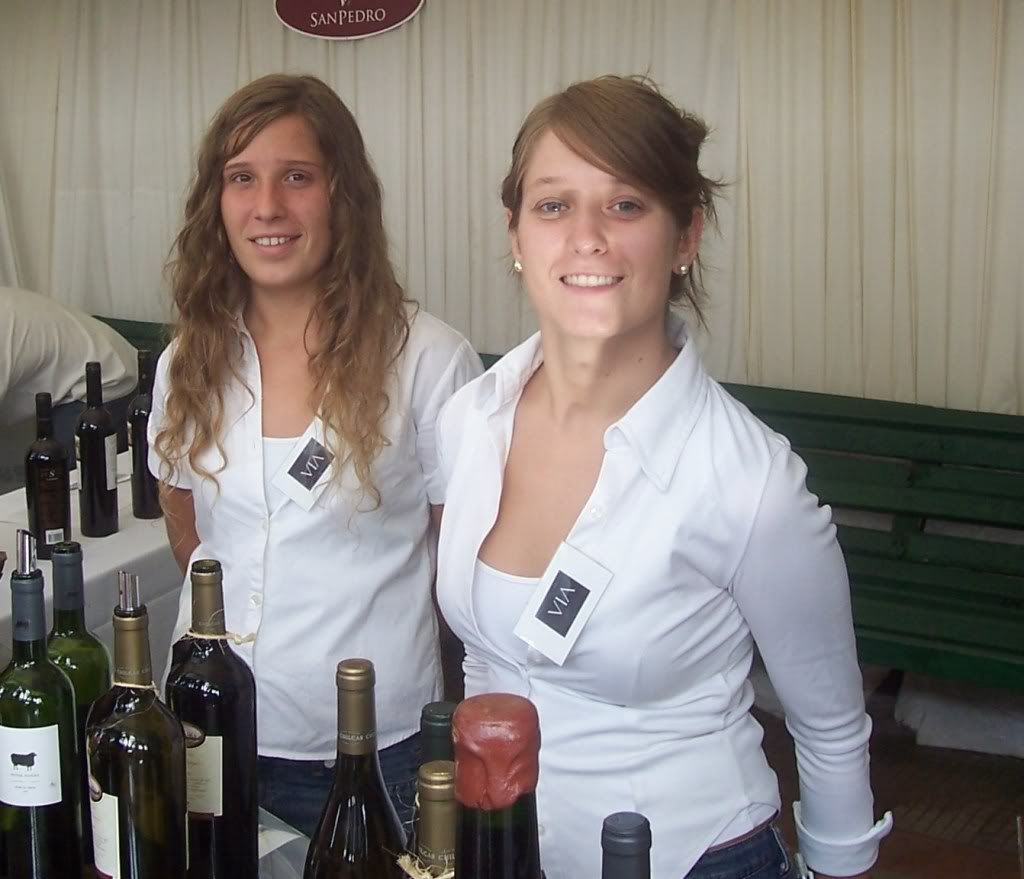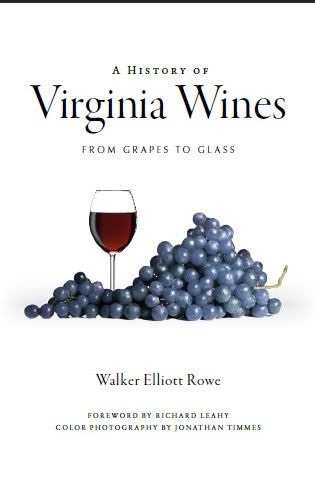I have been working on an essay on Joel Salatin´s Polyface farm a couple of weeks. Each time I start it I run into Joel Salatin either in a magazine or on the news and that changes what I have written or have planned to write. Last night he was on CNBC looking slightly uncomfortable for he was wearing a suit--this is the first time I have ever seen him not wearing his trademark floppy hat. And then the week before he was on ABC News being interviewed with the CEO of Chipolte burrito restaurants where Joel sells some of his chickens and pork. The ABC news producer had the camera on the wrong guy, interviewing the CEO and not the farmer. The more interesting story is with Joel Salatin even if it is slightly harder to explain.
Some say that Joel was made famous by Micheal Pollen´s book “The Omnivore´s Dilemma”, but it should be the other way around as those of us involved with grass-based farming have for a long time been following Mr. Salatin. I was first introduced to him at a screening of a film he made about his farm at the Acres USA annual conference in Minnesota in 2006. Standing there in his trademark floppy hat, with his shoulders pointed slightly askance to the camera, talking about his farm he has the charisma of a Hollywood actor even if he appears like some dorky country nerdy psuedo-intellectual. Call it “charisma” or “gravitas” or whatever his message is important to small farmers and is interesting too.
What Joel Salatin has done to garner all this attention is to take a rather mundane issue—mundance to everyone except small farmers--which is a pressing rural problem and report on it in an interesting manner. Through his books, magazine articles, and now in his appearance in the film “Food, Inc.” he has gained legions of followers who seek to imitate his farming and farm marketing practices.
What Joel has done that resonates with farmers is he has tackled the difficult problem of how to direct market his products to consumers. What he has done that resonates with consumers is take a leadership role in what he calls the “local artisanal slow growth food movement”.
Most farmers simply sell their hogs, chickens, and cattle to the livestock market or the mega companies like Perdue Farms or Swift which end up in the hands of the giant distributors like Sysco. But many do so at a loss or with a miniscule profit. The average farmer would throw up his hands in frustration if he were to, say, try to make an end run around the local livestock auction and direct market cattle to consumers. The challenge is daunting. Those who do this with success, like Cliff Miller of Mount Vernon Farms, are such a novelty that magazines and bloggers like myself write about them as if that were news. That someone can make money farming might indeed be “news”. It´s far easier to just continue to sell cattle at a price lower than the cost of production, take a loss on your income taxes, and continue working the day job rather than finish off your own cattle or sell one cut of beef at a time at the farmers market.
Joel Salatin--whose 400+ acre Polyface Farm is located in the Shenandoah Valley west of Charlottesville--has written a handful of books which cause quite a bit of excitement for those farmers who would like to figure out how to make a living at grass-based farming. His self-published books, which sell quite well for self-published books, and magazine articles rail against factory farming and the specialization of the culture of which the poet Wendell Berry spoke. Joel levies his pointed criticism at factory farming, confined feeding operations, corn-fed cattle all of these terms of course are variations on the same theme. He marvels at the cow which he calls a "self-contained production process" converts grass to meat which converts manure into more grass which produces more meat in endless rotation all without the need for chemicals fertilizer.
Explaining his philosophy he told CNBC “We´re trying to heal the farm, heal our customers”. The bewildered talking head listened as Joel explained that his business model is “contrarian” as he has no goal to increase his sales and production as people are knocking at his door because that would run counter to the philosophy of the local food movements. Speaking prophetically he says that as the local food movement grows and start to take away market share from the industrial food concerns they will come at the small farmers with farm and food bills stacked in their favor.
All of this is a lot of information to absorb as the seemingly simply Polyface Farm is in fact multi-faceted in its outlook. It takes some time to understand what is really happening here. So it was after reading Joel´s magazine articles for a couple of years that I headed out a few weeks ago to go see for myself what was all the fuss about.
Polyface Farm says on its web site that is has an “open door policy”. They apparently are overwhelmed with requests for guided tours so they charge $500 for that perhaps to discourage them, who knows, as I have not talked to the great man myself. They do not for example even have an email on their web site saying they have no time to respond to the great volume of email. So my son and I headed down for our self guided tour.
To get to Polyface Farm you drive west from the vineyards of Crozet, Virginia across Interstate 81 and following a route which cannot be plotted by Mapquest you drive past all that Joel rails about: miles and miles of chickens “farms” where one man takes care of millions of birds in filthy squalor. Pastured cattle farms where cattle are raised in one year to 700 or 800 pounds then shipped off to Nebraska confined feeding operations where standing in their own manure they are finished off to slaughter weight on a corn based diet that were it not for the abattoir would kill them anyway as their liver and stomach fails.
My own farm in Rappahannock County is years behind Joel´s operation as the woods there are filled with green briar vines and poison ivy which my goats are busy working to devour and will at some point finish cleaning. Tall fescue grass dominates the landscape except where I have planted new grasslands with other grasses. But on Polyface Farm I found not one leaf of poison ivy nor one blade of tall fescue grass. I did find one lonely vine of poison ivy climbing a locust tree but as I ran my hands through the grasses of the pastures there the leaves were smooth indicating rye or other varieties and did not have the sandpaper rough finish of fescue. Fescue is really a weed not suitable grazing in the hot summer months. The pastures here too we filled with red and white clovers which on industrial farmers are replaced by liquid nitrogen produced using natural gas.
The land and the forest here is carefully groomed not by machine but by the animals that work and live there. Pastured poultry were lined up in portable chicken coups that march across the landscape—Joel is famous for having designed and promoted this process and whole books are devoted to the topic. The chickens pick the grass clean of the deadly intestinal parasites that spell death for cattle, sheep, horses, and goats. A Great Pyrenees livestock guard dog stood watch over the flock. Turkeys and broilers were inside a polywire fence in enclosed mobile chicken coops. Laying hens were allowed to roam free and then boarded up at night inside a much larger mobile coup where they were safe from the fox, raccoon, and stray dog.
Black Angus cattle, whose coats glowed with the luminosity of health, were grouped together in a high density grazing system called “mob-stocking”. Cattle left free to roam across the landscape would cherry pick the pasture leaving weeds behind and spreading their manure too thin to fertilize the same. But cows grouped in such tight groups trample the weeds and leave a sheen of manure. The manure causes the grass to grow in a flush of green and keep the weeds under control. Then the cows are moved off to another location and the omnivore poultry moved in behind to disperse the manure and pick through and devour the insects therein.
Extra large bales of hay were stacked in several barns here as three farm interns or perhaps Joel´s sons worked to build a new barn erected from lumber they had cut themselves using the farms portable saw mill which is yet another way this entrpeneur makes money. The hay here had been cut in the prime stage of growth when it is highest in protein and most digestible to the animal. Its color suggested healthy forage indeed.
My son and I walking about unescorted had seen everything except for the pastured pork. We could not find them. But I forgot they are not in the pasture at all. These free range hogs live in the forest where they root up the soil and consume acorns which Joel says changes the flavor of their pork. Joel, like Salman Rushdie, invents his own words as he writes. (His book on grass finishing cattle is called "Salad Bar Beef".) In the winter the pigs are moved to a barn where he calls them “pigaerators” for they turn over the soil making compost as they forage with their snout thus improving the soil.
Joel had written about selling his pork and poultry to Chipolte long before ABC news reported on it. In his writings and conference speeches he explains his run ins with the US Department of Agriculture who wanted to shut down his on-site slaughter house because, well, farms are not supposed to slaughter their own animals on site without the oversight of government. This, says Joel, favors the large producers at the expense of small ones. When you buy a side of beef stamped “USDA inspected” it means exactly that—there is an inspector from the government literally standing there inspecting each cow as it is slaughtered and then stamps it with his seal of approval. Quality experts like the late legendy industrial researcher Dr. Edward Demings would tell you this makes no sense, but this is the government way. The USDA told Joel he could not kill and cut up his own chickens so he used a loophole in the law to do exactly that explaining that his chickens, unlike those processed by Perdue, Swift and others, are not given any chlorine bath or radiated to kill pathogens, are not processed indoors by men wearing chemical suits wading in blood but are processed outdoors in the open air and sunshine. Which environment he asks is the healthiest?
Joel is not the only farmer doing grass fed beef, rotational grazing, pastured turkeys, chickens, and rabbit but he is the most vocal. He is a prophet like Wendell Berry who he has obviously studied. Someone needs to be the de facto leader of the local food movement and we are fortunate to have Joel doing this right here in Virginia.








4 comments:
I would second everything said. I used to make the yearly trip to Polyface for the chickens, beef, etc., but now can pick up same at drop off points. Once eating one of Joel's chickens, you will never, ever buy one in the supermarket!
So Joel is a guru to the movement, a stubborn entrepreneur, a great spokesman ... he is also one heckuva nice man....
Nol Putnam
Thanks for a great post. Couldn't agree more. Joel is inspiring to say the least. My family in Ohio is attempting to follow Joel's lead with their own small farm. Can't wait to take them to Polyface Farm the next time they come to Virginia to visit.
I enjoyed the post. We have been eating food from Polyface for over 5 years now. We have received quite an education from the trips to their farm, reading Joel's books, and hearing him speak. He's also been a great help in raising our future farmer.
Post a Comment